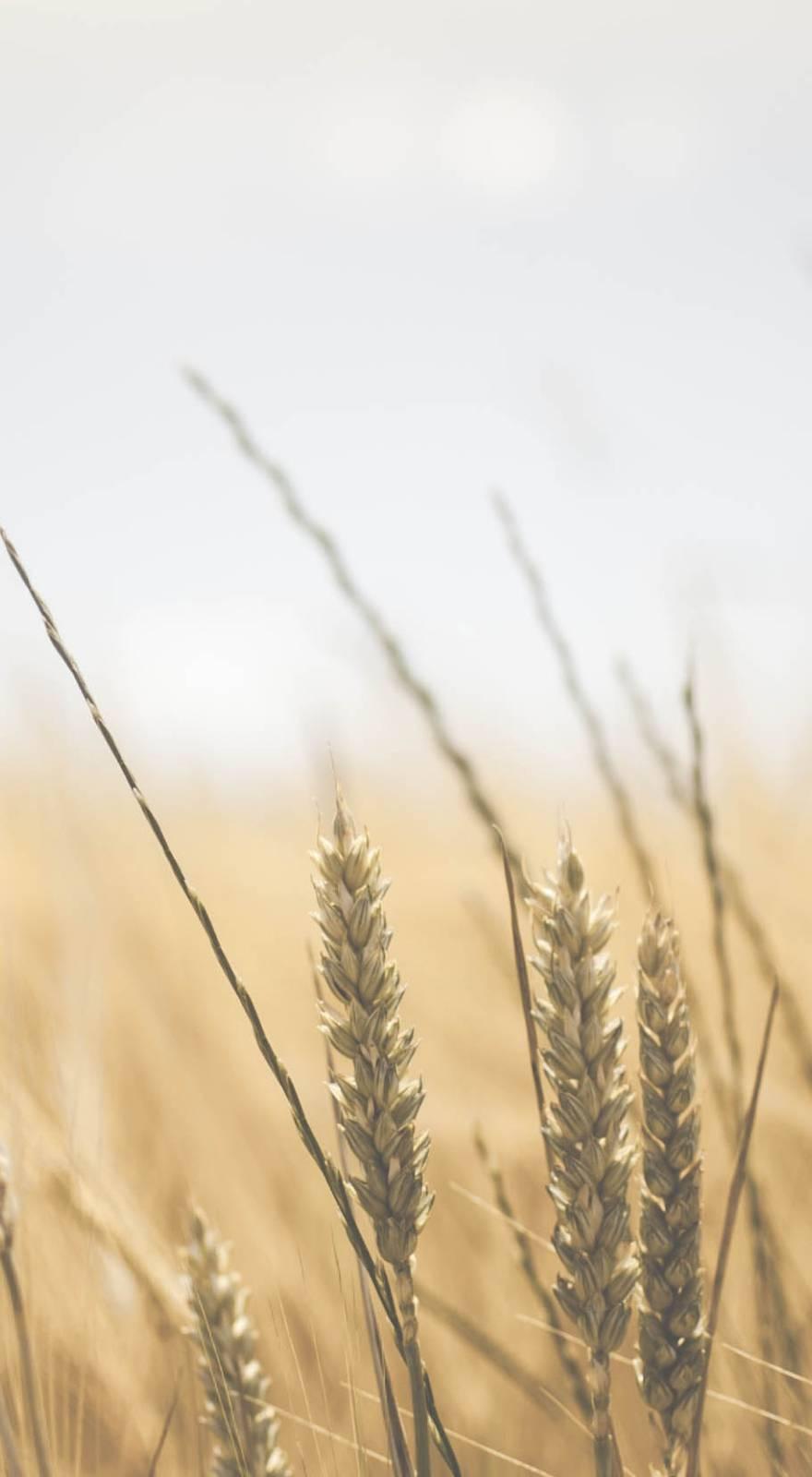Knowde Enhanced TDS
Identification & Functionality
- Agrochemical Functions
- Technologies
- Derived from
Boric Ethanolamine
- Guaranteed Minimum Analysis
Boron 10% Chelated Boron - 10%
Applications & Uses
- Markets
- Applications
- Mixing Instructions
Compatible with most fungicides, pesticides and fertilzers however a jar compatibility test is recommended before tank mixing.
Follow this mixing sequence:
- Water
- Boron 10%
- Pesticides / fungicide
- Fertilizers
- Application
- Soil Application : Apply alone, or as a tank mix. Use sufficient agitation to insure proper mixing. Apply 1 qt to 6 qt(s) per acre - rate depends upon the deficiency recommendation on soil test. Apply uniformly across field.
- Foliar Application : Apply only if your leaf analysis suggests you have a boron deficency.
- Row Crops : Apply upto 1 pint per acre only if boron deficency is noted on your leaf analyiss. Apply during the rapid growing and/or fruit set stage. Do not exceed 1 pint of Boron 10%™ in any one spray application. Avoid foliar applications when plants are under stress due to lack of moisture.
- Tree crops : Apply upto 1 quart only if boron deficency is noted on your leaf analyiss. Apply during the rapid growing and/or fruit set stage. Avoid foliar applications when plants are under stress due to lack of moisture.
Warning : Over application or excessive use of boron, or use on crops other than those listed, can result in boron.
- Mixing Instructions
Compatible with most fungicides, pesticides and fertilzers however a jar compatibility test is recommended before tank mixing.
Follow this mixing sequence:
- Water
- Boron 10%
- Pesticides / fungicide
- Fertilizers
- Compatibility
A jar compatibility test is recommended before mixing with any product other then water in the tank to insure compatibility with foreign spray mixes and before mixing with other products other than water in the tank.
- Application
- Soil Application: Apply alone, or as a tank mix. Use sufficient agitation to insure proper mixing. Apply 1 qt to 6 qt(s) per acre - rate depends upon the deficiency recommendation on soil test. Apply uniformly across field
- Foliar Application: Apply only if your leaf analysis suggests you have a boron deficency.
- Row Crops: Apply upto 1 pint per acre only if boron deficency is noted on your leaf analyiss. Apply during the rapid growing and/or fruit set stage. Do not exceed 1 pint of Boron 10%™ in any one spray application. Avoid foliar applications when plants are under stress due to lack of moisture. Tree crops: Apply upto 1 quart only if boron deficency is noted on your leaf analyiss. Apply during the rapid growing and/or fruit set stage. Avoid foliar applications when plants are under stress due to lack of moisture.
Warning: Over application or excessive use of boron, or use on crops other than those listed, can result in boron
Properties
- Physical Form
- Typical Properties
| Value | Units | Test Method / Conditions | |
| Boron | 10 | % | — |
| Chelated Boron | 10 | % | — |
Safety & Health
- Disclaimer
It is recommended not to use this product with fungicides or pesticides. However, if applied with a fungicide or pesticide, it is the user’s responsibility to conduct a trial application on the crop(s) to be sprayed with this mix of chemicals to determine compatibility of products and compatibility with crop(s) sprayed. Harmful if swallowed. Avoid contact with eyes, skin, and clothing. If on skin, wash with large amounts of soap and water. If in eyes, rinse repeatedly with clean water. If irritation persists, obtain medical attention.
*Ingestion: If patient is conscious, give large quantities of water. Do not induce vomiting. Call physician.
Storage & Handling
- Storage
- Keep container sealed tightly when not in use.
- Do not expose to sunlight for long periods of time.
- Store in temperatures between 5 °C (41 °F) 25 °C (77 °F).
- Dispose of Waste Material according to local, state, and Federal environmental laws and regulations.
- Storage
Keep container sealed tightly when not in use. Do not expose to sunlight for long periods of time. Store in temperatures between 5°C (41°F) and 25°C (77°F). Dispose of Waste Material according to local, state, and Federal environmental laws and regulations.

